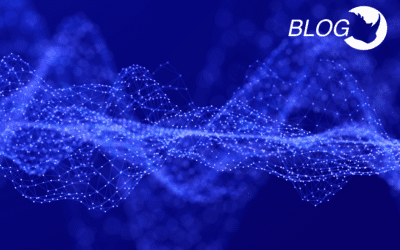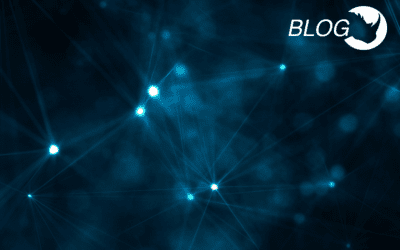The ThreatQuotient Blog
EXPERTS SHARING THEIR CYBER THREAT INTELLIGENCE INSIGHTS AND EXPERIENCESSecurity Automation, Lessons Learned from Top Gun: Maverick
The cybersecurity industry has talked about security automation for years. We’ve grappled with what, when and how to automate. We’ve debated the human vs machine topic.
Ethics, Design and Cybersecurity
If you work in an organization, you’ve probably had to take a cybersecurity training course at some point during your time there.
The Meaning of Orchestration
Recently, ThreatQuotient hosted an interactive discussion regarding security orchestration and cyber security automation adoption – what it is, what it’s meant to do, and why it can present a challenge for security teams to set up and maintain.
The Current State of Intelligent Automation Adoption in Cybersecurity
In the past year, research indicates that nearly a third of organizations have accelerated their plans to automate key security and IR processes, while another 85% plan on automating them in the next 12 months.
The ThreatQuotient Crash at RSAC and FIC
This year’s theme for RSAC was “Transform” and FIC’s theme was “Shaping Europe’s Digital Future.” Although the wording was different, the overarching message was similar.
Security Tips as Summer Travel Heats Up
The threat landscape has escalated over the past two years between the pandemic and the evolving geopolitical environment.
Reduce Time Or Do Not, There Is No Shift
Take a closer look at what a data-driven approach means to the automation of SOC workflows and how it has influenced the product and design decisions of ThreatQ and ThreatQ TDR Orchestrator.
Transform your Security Operations with ThreatQ – See how at RSAC 2022!
RSAConference 2022 USA hit the nail on the head with this year’s theme: Transform. The global pandemic has transformed every aspect of our lives
Taking a Data-Driven Approach to SOC Operations
Today’s escalating threat landscape means that security operations teams face a multitude of challenges. This can make it challenging for them to keep pace with the sheer scale of threats, tactics and techniques that bad actors frequently use.
Facing Staffing Challenges? The ThreatQ Platform Can Help
It may surprise you to learn that new research by CompTIA finds only 30% of the cyber workforce is in the 19-34 age group, with 52% between 35 and 54.
Achieving Better Business Outcomes Through a CTI Practice
To help make sense of the cyber threat intelligence landscape, experts from Accenture and ThreatQuotient partnered to provide advice on aligning cyber resilience goals with your
XDR best of breed, and how an open architecture will get you there
The security landscape is continually changing and the race to stay ahead is often one of both victory and failure.
Helping Rhinos and ThreatQuotient Join Forces to Celebrate the Impacts of Earth Day
Maintaining viable rhino populations that have the freedom to roam in their natural habitat, when the pressures on land and natural resources are increasing at such a rapid rate, is a constant challenge.
The role of Threat Intelligence Platforms in Implementing Extended Detection and Response
As the new year continues to unfold, cybersecurity budget holders will be deep into the process of identifying where to allocate funds to best enhance protection against cyberthreats.
Tax Season Scams Are Here Again – How to Mitigate Risk
Ransomware has dominated the headlines the last couple of years. But it might surprise you to hear that another scourge—business email compromise (BEC)—accounted for 49 times more in losses in 2021.
Privacy and the death of security, what security teams need to know
As people start coming back to the office after working from home exclusively for two years, a hybrid work model will pose a series of challenges for security teams.
An Inside Look at ThreatQuotient’s Own Security Initiatives
We know it is always interesting to get an inside look at how other companies approach security, particularly a security company.
These Women #BreakTheBias, Stopping Threats and Protecting Rhinos
As part of ThreatQuotient’s month-long celebration of women in cybersecurity, today we are recognizing International Women’s Day and this year’s theme – #BreakTheBias.


















